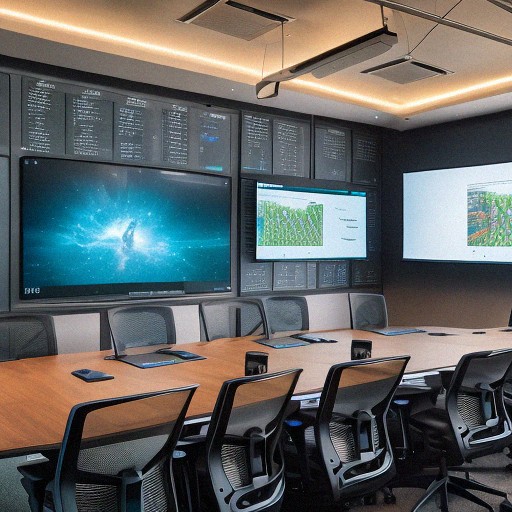Effective communication is a critical aspect of the UX design process that every designer should be aware of, mainly when working with stakeholders. It is essential to know how to express confidence, show respect, communicate your main point, and achieve your desired result in design review meetings to ensure your designs are well-received and your ideas are understood.
Express confidence
Expressing confidence in your designs and ideas is a must skill. This does not mean being arrogant or dismissive of other people’s opinions but rather presenting your designs in a clear and compelling way that demonstrates your understanding of the problem and your solution. This can be achieved through the effective use of visual aids, clear and concise explanations, and a willingness to listen and incorporate feedback. For example, when presenting a design, you can use visual aids such as wireframes, mockups, or prototypes to help stakeholders understand your ideas more clearly. Additionally, you can use clear and concise language to explain the reasoning behind your decisions, which can help stakeholders understand the thought process behind your designs.
Another important thing is to show respect for other people’s opinions and ideas. This means actively listening to what others have to say, considering their perspectives, and being open to feedback and constructive criticism. By showing respect for others, you will be more likely to build trust and gain buy-in for your designs. One way to show respect is to ask stakeholders for feedback on your designs and take their suggestions into consideration. Additionally, you can acknowledge the value of other stakeholders’ ideas and perspectives, even if they differ from your own.
Communicate the main point
Communicating your main point clearly and concisely is important. This means focusing on the key takeaways and highlighting the most important aspects of your designs. It’s also important to be able to explain the reasoning behind your decisions so that stakeholders can understand the thought process behind your designs. To do this, you can use simple language and avoid jargon, and you can also use examples or scenarios to help stakeholders understand the problem and your solution. In addition, you can use storytelling techniques to convey your main point in a more engaging and memorable way. It’s always suggested to improve our storytelling techniques as designers since it will help us not only use in our designs but also use the skills to present our solutions to stakeholders.
Desired result
Achieving your desired result in design review meetings requires preparation. This means anticipating any potential objections or questions that may come up and being able to address them effectively. It also means being willing to compromise and make adjustments as needed to arrive at a solution that is acceptable to all stakeholders. To achieve your desired result, you can create an agenda for the meeting, highlighting the key topics that will be discussed and sharing it with the stakeholders beforehand. Moreover, you can prepare a well-reasoned argument for your designs, including data, research, and user feedback, to support your decisions.
It is also important to establish a clear design process and ensure that all stakeholders understand the steps involved. By providing clear communication on the process, stakeholders will have a better understanding of the time frame and what to expect. This can help to prevent misunderstandings and confusion. you can use project management tools such as Trello or Asana (or any other tools that you are working with) to keep stakeholders informed on the progress of the project.
To effectively communicate with stakeholders, you need to understand their needs and goals. This means taking the time to research and understand the stakeholders’ perspectives, goals, and expectations. By understanding their needs, you will be able to create designs that align with their goals and address their expectations. Additionally, you can use a prioritization map or RACI matrices to help you understand the stakeholders’ perspectives and prioritizations.
Establishing open lines of communication throughout the design process is another important aspect of effective communication. This means being accessible and responsive to stakeholders’ questions and concerns. Use your Slack if you have a quick question but ask it politely, or set up a Zoom meeting to keep in touch with stakeholders and facilitate in terms of need.
Finally, in order to yield your desired result in design review meetings, it’s important to come prepared with a clear agenda and a well-reasoned argument for your designs. This means anticipating any potential objections or questions that may come up and being able to address them effectively. It also means being willing to compromise and make adjustments as needed to arrive at a solution that is acceptable to all stakeholders.
In conclusion, effective communication is crucial in the UX design process, and it is important to learn how to express confidence, show respect, communicate your main point, and yield your desired result in design review meetings. By following mentioned guidelines, you will be able to effectively present your designs and ideas and ensure that they are well-received by stakeholders.




